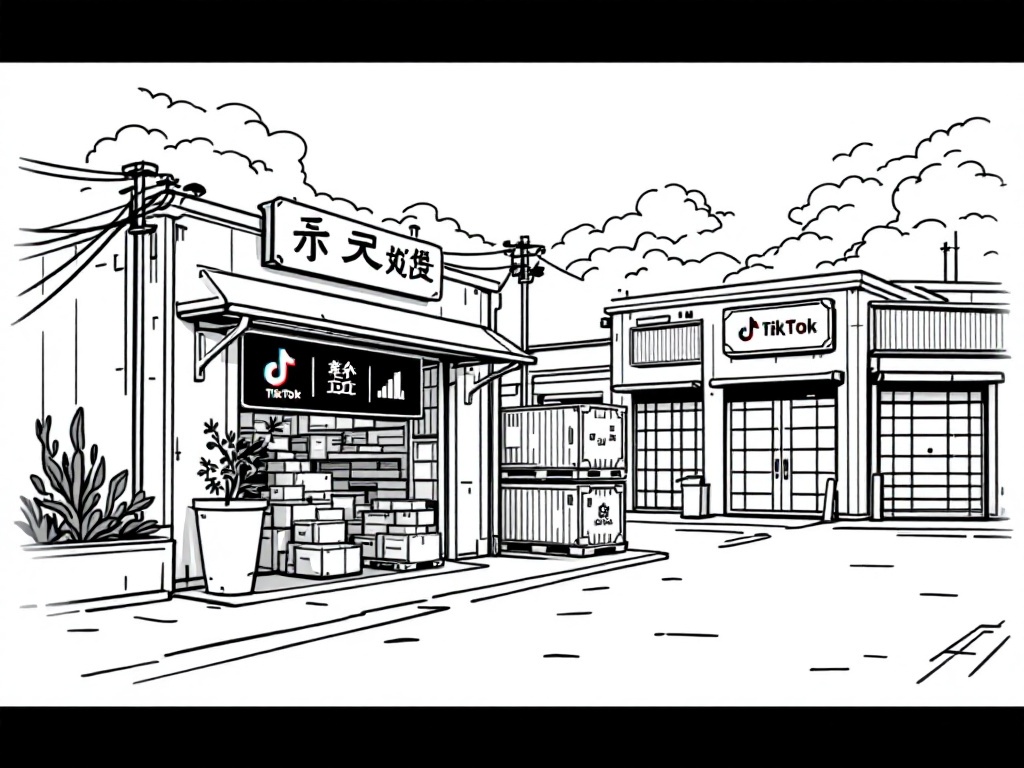Chinese Warehouses Use TikTok to Attract American Shoppers Amid High Tariffs

Beijing, Wednesday, 16 April 2025.
Chinese warehouses leverage TikTok to promote alternatives to American goods, amid high tariffs reaching 145%. Claims suggest European luxury brands use Chinese factories, shifting consumer habits.
The Rise of Chinese Alternatives
Amid tariffs as high as 145% on Chinese goods, Chinese warehouses are strategically using TikTok to encourage American consumers to purchase Chinese-made alternatives. Viral videos claim that several European luxury brands manufacture their products in Chinese factories before adding finishing touches in Europe, a claim that has piqued the interest of cost-conscious consumers facing increased prices for American-made goods [1].
Impact of TikTok on Consumer Choices
TikTok, a Chinese-owned platform, has become a crucial medium in influencing American buying habits. This is particularly intriguing as the app faces potential bans unless there is divestment from its Beijing-based owner by June 15, 2025. The platform hosts numerous accounts like @LunaSourcingChina and @senbags2, which assert they produce items identical to those of high-end brands but at a significantly reduced cost [1][2].
Navigating Tariffs with Chinese Goods
The tactic by Chinese warehouses to promote themselves comes at a time when the U.S. is planning to close the ‘de minimis’ trade loophole, further increasing import tax burdens. This loophole currently allows duty-free entry of products valued under $800. A potential loophole closure could heighten the price and tax burden, thus further shifting consumer demand toward more affordable Chinese alternatives [1].
Strategies for U.S. Sellers Facing Tariffs
U.S.-based sellers are exploring various strategies to remain competitive, such as diversifying suppliers and utilizing bonded warehouses to defer tariff payments. The use of bond warehousing allows goods to be stored for up to five years without duty, thus providing cash flow advantages and supply flexibility [2][3]. As the U.S. increases tariffs, affecting $250 billion to $112 billion worth of imports with rates up to 100% on specific goods, businesses are urged to reevaluate pricing strategies dynamically to remain competitive [3].